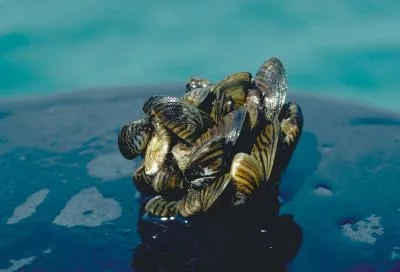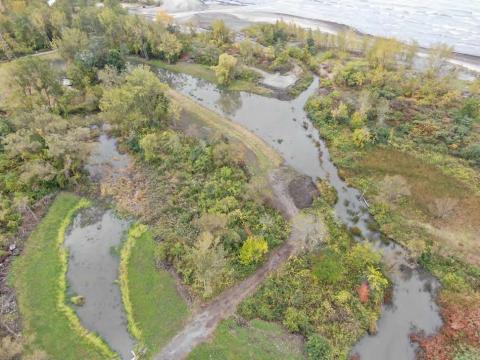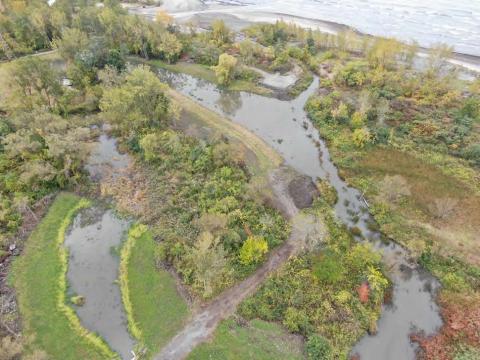Category: Other
GLANSIS Identifies Top 10 Most Harmful Great Lakes Invaders
GLANSIS Identifies Top 10 Most Harmful Great Lakes Invaders
josterme01
Mon, 08/26/2024 – 11:23 am
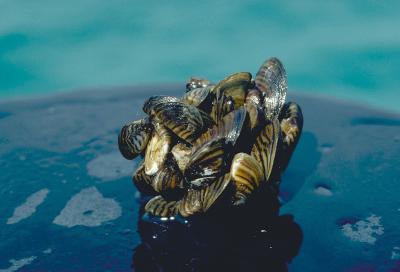
The Great Lakes Aquatic Nonindigenous Species Information System (GLANSIS) team characterized the impacts of the top 10 Great Lakes aquatic invasive species. Based on the analysis, 78 of the 188 species listed in the database were scored as invasive. Of these 78 species, 32 species had moderate impacts and 36 species had high impacts. The remaining 10 species had exceptionally strong impacts in multiple categories.
Which invasive species have the most significant negative impacts in the Great Lakes? Based on GLANSIS impact scores, they include: zebra mussels, quagga mussels, alewife, sea lamprey, Japanese stiltgrass, grass carp, water chestnut, phragmites, round goby, and white perch.
These species come from different continents and from different pathways of introduction (such as through ballast water, shipping channels, or the aquarium trade). Their most common shared impacts are threats to and competition with native species, altering predator/prey dynamics, and costly damage to human recreation and enjoyment of natural areas, along with harming economic activities. These rankings can serve as a reference point for researchers, educators and science communicators throughout the Great Lakes region. Read the paper here.
The Kincardine Independent
Kincardine resident, councillor and community supporter, Doug Kennedy, passed away Aug. 15 after a long battle with cancer. Kennedy was well-known to many, not just through sports, but in local … Continue reading Community grieving loss of Kincardine champion, volunteer and councillor
The post Community grieving loss of Kincardine champion, volunteer and councillor appeared first on Kincardine Independent.
NOAA Announces Indigenous Communities Awards Under the Great Lakes Bay Watershed Education and Training (B-WET) Program
NOAA Announces Indigenous Communities Awards Under the Great Lakes Bay Watershed Education and Training (B-WET) Program
josterme01
Tue, 08/20/2024 – 1:47 pm
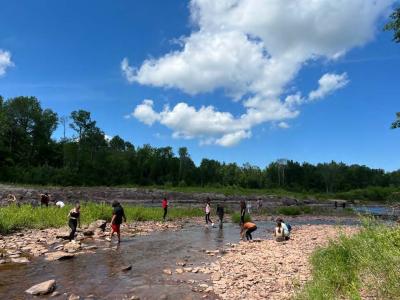
The National Oceanic and Atmospheric Administration has awarded $255,973 in funding for three projects that will engage Indigenous youth in meaningful place-based watershed educational experiences through the Great Lakes Bay Watershed Education and Training (B-WET) program. This initiative is supported by the Great Lakes Restoration Initiative under Focus Area 5: Foundation for Future Restoration Actions.
Funded projects:
- Michigan Technological University, partnering with Keweenaw Bay Indian Community: Increased Water Literacy & Stewardship with the Keweenaw Bay Indian Community: Water is Life
- Seneca Nation of Indians: Seneca Nation B-WET project
- Tip of the Mitt Watershed Council, partnering with Little Traverse Bay Bands of Odawa Indians: Nimiigwechwendam Nibiish (I am thankful for water): Caring for our local watersheds
NOAA B-WET is an environmental education program that promotes place-based experiential learning for K-12 students and related professional development for teachers. B-WET fosters the growth of new, innovative programs and encourages capacity-building and environmental education partnerships. The primary delivery of B-WET is through competitive grants that promote Meaningful Watershed Educational Experiences (MWEEs). The MWEE is a learner-centered framework that focuses on investigations into local environmental issues and leads to informed stewardship action.
The Kincardine Independent
With the first day of school looming, crews remainvhard at work across the area, part of a renewal and improvement project at Huron Heights, Elgin Market and Kincardine Township Tiverton … Continue reading Improvements ongoing at area public schools
The post Improvements ongoing at area public schools appeared first on Kincardine Independent.
Wetland enhancement and water quality improvements at Woodlawn Beach State Park
Wetland enhancement and water quality improvements at Woodlawn Beach State Park
josterme01
Wed, 08/07/2024 – 2:12 pm
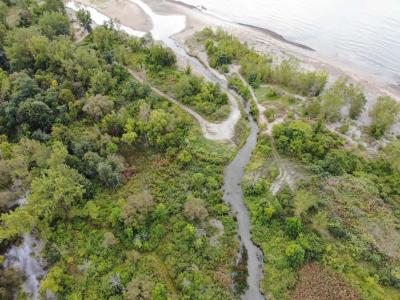
New York State Office of Parks, Recreation and Historic Preservation (OPRHP) is making strides to enhance biodiversity, wildlife habitat and improve water quality at Woodlawn Beach State Park through a grant from the Great Lakes Restoration Initiative (GLRI). OPRHP completed a project in 2023 focused on the expansion and enhancement of coastal wetland habitat along Lake Erie that is intended to benefit wildlife and improve water quality by increasing water circulation between the wetland and Blasdell Creek. The project involved expanding an existing wetland, installing a culvert [a structure which allows water to pass under a road or another barrier] to connect the wetland and adjacent Blasdell Creek, removing and controlling invasive species, and planting native wetland vegetation.
The area of Woodlawn Beach State Park is heavily urbanized and water quality in the park is often poor, particularly from elevated bacteria levels. With the project complete, water in Blasdell Creek will now flow through the expanded 4-acre oxbow-shaped wetland. The final elevations and contours in the wetland were designed to support native wetland plants and to allow physical and biological processes to remove pollutants from the water before re-entering to Blasdell Creek and into Lake Erie. The expanded wetland habitat, invasive species control, and extensive planting of native trees, shrubs and aquatic plants will also benefit wildlife such as birds, fish, reptiles, and amphibians.
Coastal wetlands are valuable resources to protect and restore due to the ecosystem services they provide. Some of which include providing habitat for critical species, protection against floods, water purification, and recreational opportunities which all occur at Woodlawn Beach State Park. The coastal wetland in the park will be positively impacted from this project by improving water quality in the park and the Lake Erie shoreline, increasing, and improving wildlife habitat, and conserving biodiversity such as the rare Wafer Ash tree that occurs in the park and prefers wetland habitats. This project will also benefit the many visitors to the park that come to walk, swim, birdwatch and enjoy a natural area on the shores of Lake Erie.







